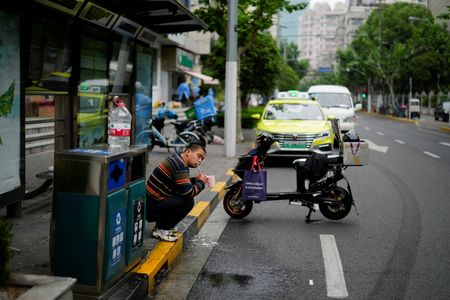
When Beijing Was Burning Xi was Playing Personal Games
 Mon, 08 Aug 2022
| Reading Time: 6 minutes
Mon, 08 Aug 2022
| Reading Time: 6 minutes

A great fire destroyed Rome for six days in the summer of AD 64. Famous Roman historian of that time, Tacitus, recorded that 70 percent of the city was destroyed and half of the city’s residents were displaced. Roman ruler Nero was accused of being indifferent, ineffective, and careless. The end result of this neglect was that the Roman public suffered. Thus came the saying — “When Rome was burning, Nero was playing the flute.”
Today China, under its President Xi Jinping, is in a similar situation. It faces increased challenges. Some of those are:
- Corruption and Localized Unrest
- Pollution and Environmental Issues
- Slowest Growth Rate in Four Decades
- Plummeting Birth Rate
- Disputes and Increased Tension With Neighboring Nations
However, the country’s leadership (read Xi Jinping) is indulging in activities based on nationalism rather than the solid building blocks that were the hallmark of China’s rise. So, is the hoo blah surrounding the U.S. House Speaker Nancy Pelosi’s visit to Taiwan on 2-3 August 2022 one such avoidable activity, or was it a well-thought-out strategy?
Corruption and Localized Unrest
China’s Corruption Perception Index (CPI) stood at 45 in 2021, placing it 66th in the world. It was a slight improvement over the 39 CPI of 2018. In the Inequality Index, China scores 38.9, putting it behind all its neighbors.
As far as corruption is concerned, China has improved in the last decade. However, most of the corruption cases have been to settle scores. The corruption charges have become a tool in Chinese President Xi Jinping’s hand to test loyalty and purge anyone opposing him.
Today China is among the 20 percent most unequal societies in the world. Communism has one solution for every problem, a slogan. So, in 2021, Xi Jinping launched a campaign under the banner of “common prosperity.” It was supposedly a national strategy to lift the poor and crack down on powerful industries. However, by 2022, inequality has further increased the divide between the rich and the poor.
While I write this, scores of Chinese citizens are left with frozen accounts and nonfunctional ATMs. Most property builders have defaulted on deliveries, local administration under the garb of Covid-19 has unleashed draconian laws, and privacy has vanished from an individual’s life. 1,80,000 government-acknowledged annual mass protests showcase the ordinary Chinese citizen’s plight.
Pollution and Environmental Issues
If corruption and inequality were not enough, this year’s sweltering weather has made up for it. The temperatures have exceeded 44 degrees in Yunnan and Hebei provinces. 131 weather stations around China have recorded temperatures above historical highs. In 68 cities, the extraordinary rise in temperatures triggered red alerts. From across China, there were reports of roofs of buildings buckling and roads melting due to excessive temperatures. The coastal water levels were at the highest ever, along with a decline in sea ice.
In the past 70 years, China’s average ground temperatures have risen much sharper than the global average. Since 1951, the rise has been 0.26 degrees per decade compared to the worldwide average of 0.15 degrees. There is no sign of abatement, and as per the Chinese officials, the temperatures will remain significantly higher in the foreseeable future.
China has 22 percent of the world population with just 7 percent of the arable land. 27 percent of China is covered in desert. The desert has crept up to within 44 miles from Beijing. The Gobi Desert crawls south at a pace of 2 miles per year. All of China could be a big desert in times to come. If indications are to be believed, then China is heading for a severe food shortage and eventually a major famine.
To overcome that threat, this year, China hoarded half of the world’s food grain, creating a famine-like situation in many African nations. China will continue to accumulate more food grain than it needs, in the years to come, making conditions from bad to worst. In the southern region, rice crops and fruit and vegetables are at risk, whereas in Xinjiang melting glaciers are causing floods and damaging the cotton crop.
The effect of scorching heat has seen record power demand from various regions. Authorities had to cut electricity to factories at peak hours to keep air conditioners running. China is the world’s biggest coal consumer and major emitter of greenhouse gases. Energy demand has already forced authorities to approve new coal mines and power plants.
Slowest Growth Rate in Four Decades
China is in a Catch-22 situation. If energy demands are not met, then the economy suffers. If energy demands are met, the environment suffers. Once again, the economy wins, and the environment loses. Under the garb of Pelosi’s visit, China has also canceled climate talks with the USA.
Whatever it may be, bitter economic truth stares at China. The International Monetary Fund (IMF) has cut China’s growth projection by 1.1 percent to 3.3 percent for 2022 and 1.3 percent to 4.6 percent for 2023, which would be its slowest growth in more than four decades. If that was not sufficient, China also recorded its weakest quarter in more than two years. Gross domestic product expanded by 0.4 percent in the second quarter. It is the worst performance since 2020, when the pandemic erupted, and Wuhan became the first city in the world to lock down due to Covid-19.
It is total economic chaos in China. Xi Jinping’s haphazard directives and settling personal scores with tech giants have added fuel to the fire. The greed of local governments in connivance with the Chinese construction and property companies has led to mismanagement, resulting in slumped sales. The situation is so bad that debt-ridden local governments are forced to cut the pay of civil servants, and many small businesses have shut down due to rising costs and weak sales.
Plummeting Birth Rate
The relationship between population growth and economic growth is contentious. China’s fertility rate has officially fallen to 1.6 children per woman, though the actual numbers could be much lower. Chinese experts have provided a stern warning to the country’s leadership — “China is facing its most sharp decline in population in decades. This would set the stage for potential demographic, economic, and even political crises in the near future.”
While everything else is acceptable to the Chinese leadership, the last point of political crises is highly objectionable to the political class. They would do anything to remain in power.

Courtesy: New York Times
Disputes and Increased Tension With Neighboring Nations
China has the largest number of neighbors in the world. The neighbors are Afghanistan, Bhutan, India, Indian territory of POJ&K, Kazakhstan, Kyrgyzstan, Laos, Myanmar, Mongolia, Nepal, North Korea, Russia, Tajikistan, and Vietnam. There are also maritime neighbors like Brunei, Indonesia, Japan, Malaysia, the Philippines, South Korea, and Taiwan. China has not even a single neighbor who attaches high trust value to their relationship with China.
As per strategic expert Bertil Lintner — “China has long stoked and sustained borderland disputes as a tactic to win concessions with its neighbours.” China is applying same tactics with India. That is the reason that India’s trade deficit in the financial year 2021-22 grew to a record $72.9 billion, despite the continuous border tension.
The 20th National Congress And Xi’s Compulsions
Pelosi’s trip to the Indo-Pacific region was a God sent gift for Xi Jinping. The 20th National Congress of the CCP is round the corner. Xi Jinping with so many problems over his head was thrilled and grabbed the opportunity with both hands. He had two simple options; she would come or should she wouldn’t. Samuel Johnson’s 1775 famous pronouncement — patriotism is the last refuge of a scoundrel, is applicable in every age. Xi Jinping’s last refuge is also patriotism and nationalism.
China applied wolf warrior tactics to dissuade Pelosi from visiting Taiwan. If she had cowed down that would have been the best win for Xi Jinping. However, she pressed on with her trip. Even a stop in Taiwan was not bad from Xi’s perspective. It presented the Chinese Communist Party (CCP) bouquet of opportunities:
- Escalate the situation in the South China Sea and bully ASEAN partners. It will extend the — ‘I will punish you’ policy to any country that China feels is going along with its enemies. India continues to see that first hand.
- Terrorize Taiwan and other countries at will. 68 PLAAF aircraft entered Taiwan’s ADIZ and 13 warships entered their territorial water, within three days of Pelosi’s visit. China fired 11 missiles that flew over Taiwan’s airspace. Conducted live firing drills in the Yellow Sea and Bohai sea.
- Most countries out of fear have started accepting and endorsing China’s bad behavior. Iran, Syria, Russia and the Palestinian Authority have denounced Pelosi’s visit. India and the European Union have kept mum.
- The visit forced the U.S. Defense Secretary Lloyd Austin to order the Pentagon to postpone a planned launch of an intercontinental ballistic missile test for the second time.
- It draws the Chinese citizens away from the day-to-day challenges into the farce of nationalism.
- Despite initial disappointment, the Chinese social media data shows that the citizens are rejoicing the Chinese bullying in the South China Sea.
- Eventually it gives a massive boost to Xi Jinping’s strong leader image before the 20th National Congress of the CCP.
Speaker Nancy Pelosi’s move was gutsy one and has exposed the real Chinese intentions preternaturally. However, overall the visit has given the advantage to Xi Jinping and the CCP. The U.S. intelligence community assesses that China would mount a full-fledged invasion of Taiwan in next 18 months. This coincides with my three years old assessment of 2025.
The biggest affected party would be Taiwan in this great power competition. Beijing has already initiated economic sanctions on Taiwanese agricultural and manufacturing products. It would also become reckless towards any foreign military plane or ship in the region. Unless it is a well-thought-out strategy, President Biden’s approach until now has been very timid, and that doesn’t work with China. China thrives on an appeasement and subservient approach.
In the end, it is the Chinese citizens who have to call Xi Jinping’s bluff. They cannot allow Xi Jinping to play his games while the rest of China burns.
“You uphold your dignity till the time you do not surrender your independence” ~ Insightful Geopolitics
****************
Disclaimer
The opinions expressed in this article are the author’s own and do not reflect the views of Chanakya Forum. All information provided in this article including timeliness, completeness, accuracy, suitability or validity of information referenced therein, is the sole responsibility of the author. www.chanakyaforum.com does not assume any responsibility for the same.
Chanakya Forum is now on . Click here to join our channel (@ChanakyaForum) and stay updated with the latest headlines and articles.
Important
We work round the clock to bring you the finest articles and updates from around the world. There is a team that works tirelessly to ensure that you have a seamless reading experience. But all this costs money. Please support us so that we keep doing what we do best. Happy Reading
Support Us





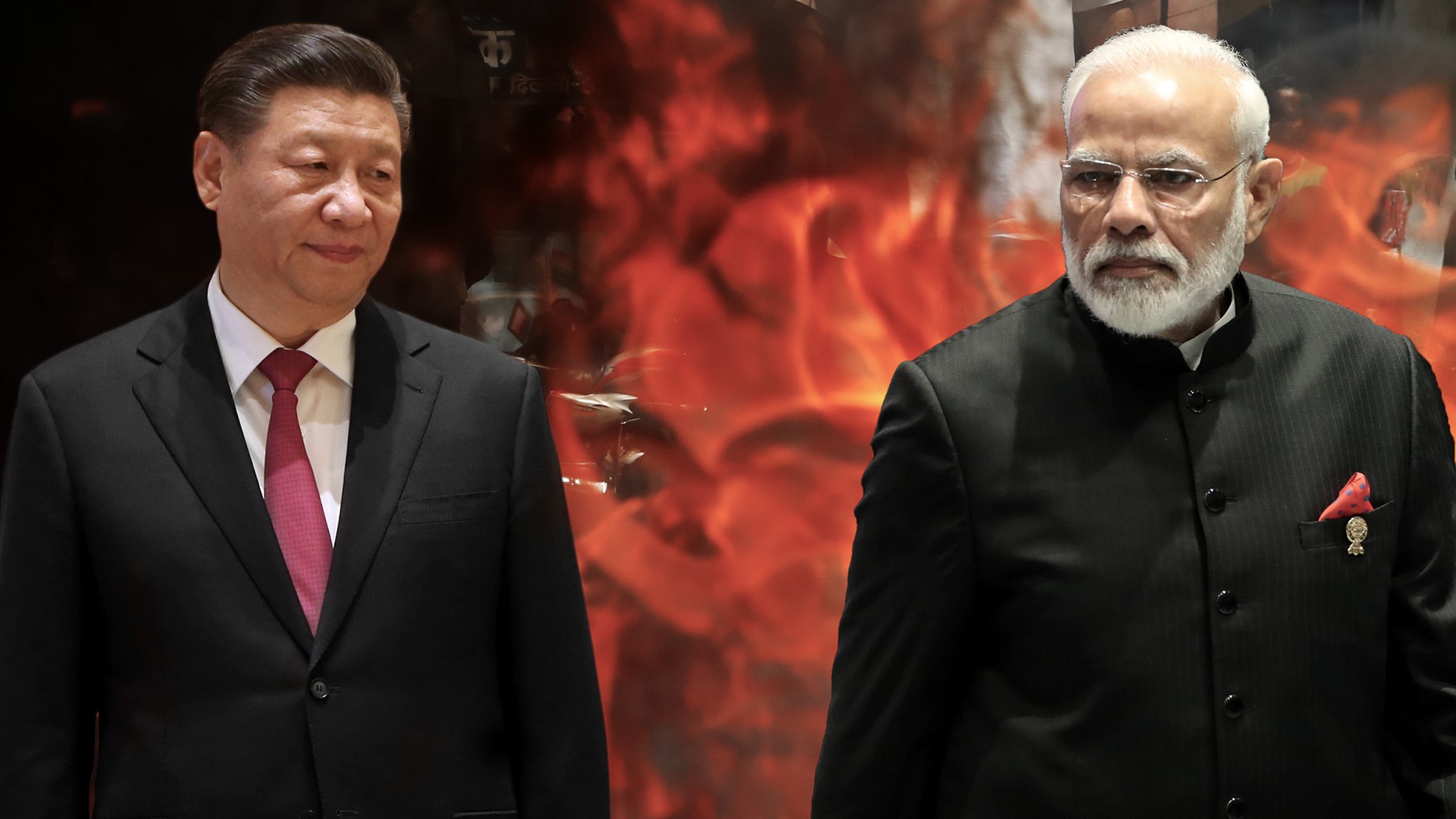
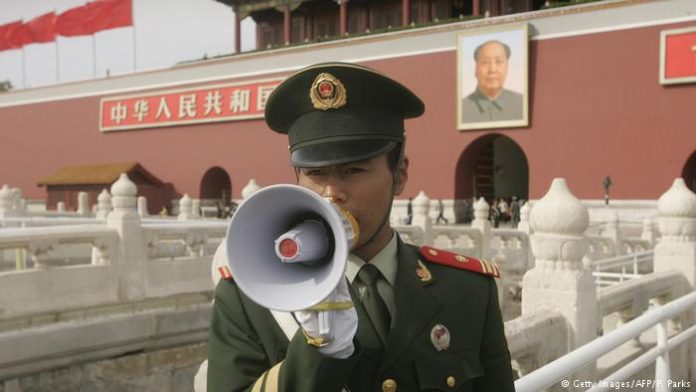
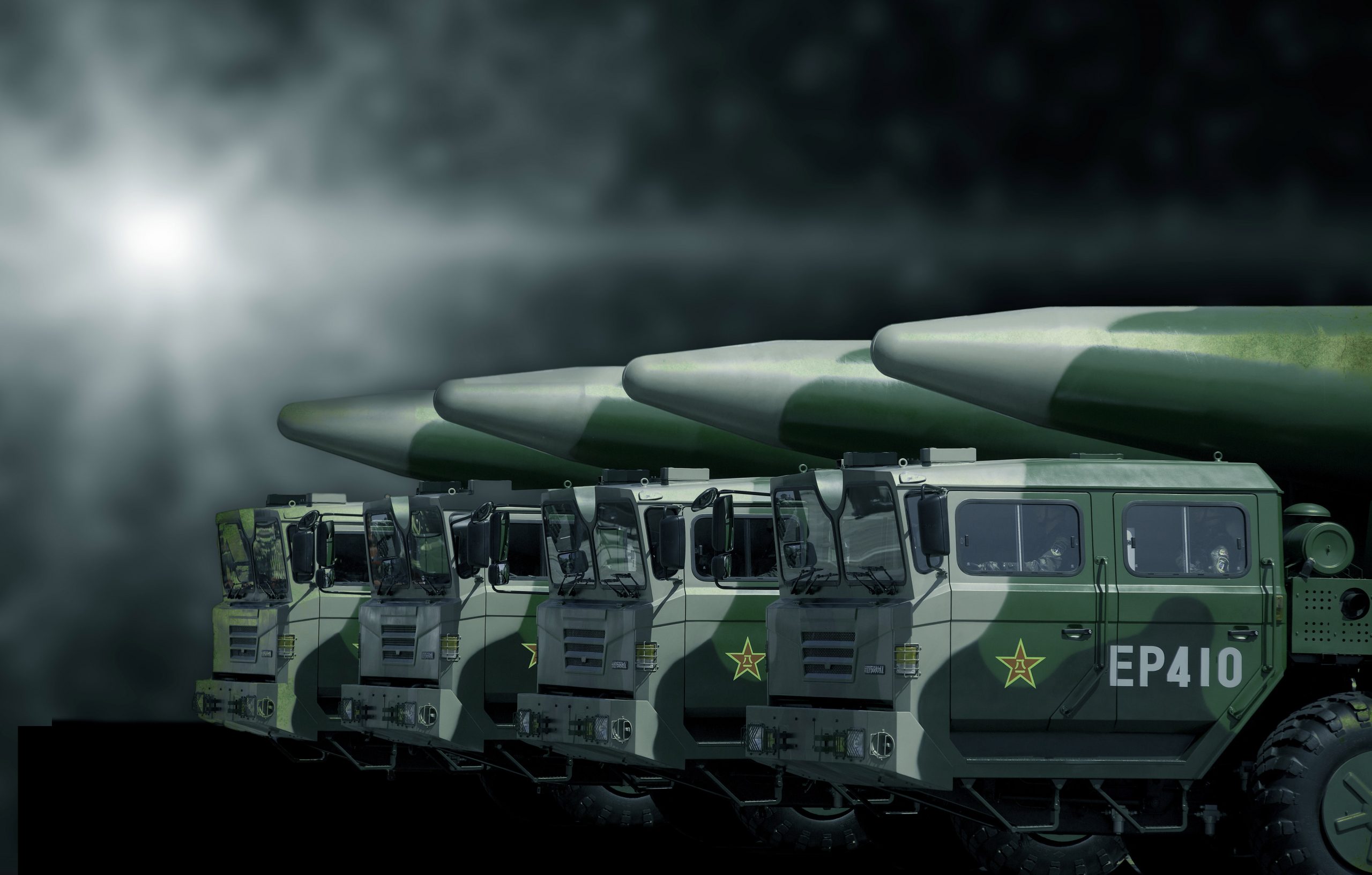

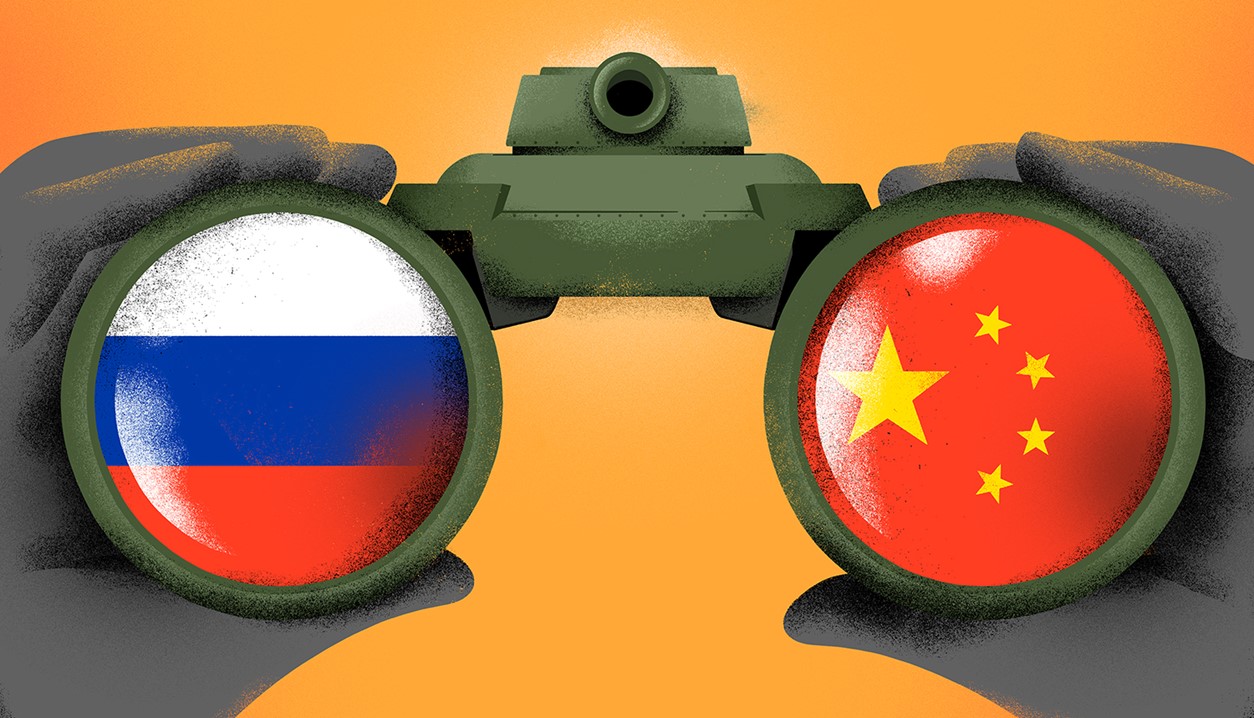

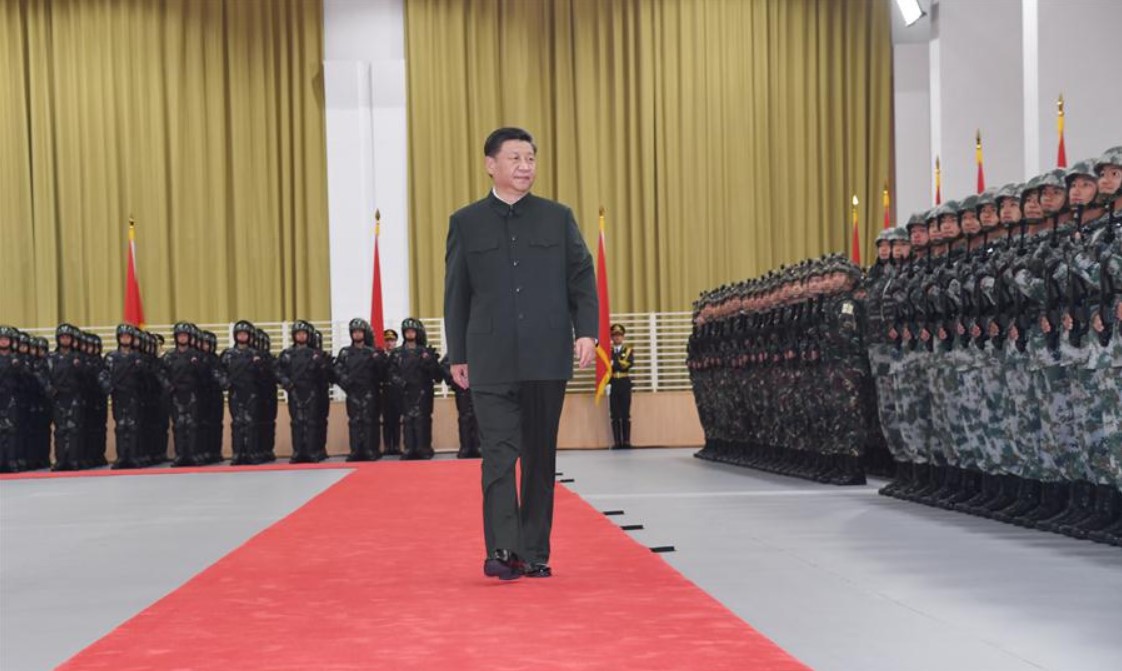


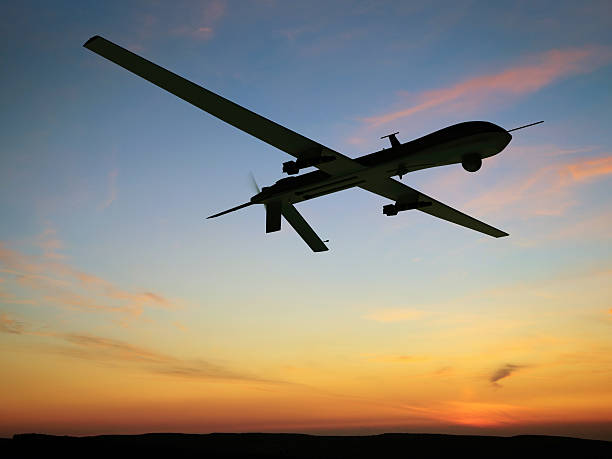






POST COMMENTS (21)
Gary Rintel
GP Singh
c.a.post
Deovrat Pagay
Rajesh Dhawan
Randhir Punia
Cdr NK Kulkarni
Narinder
Prem Kumar sinha
Sukhjit singh
Cdr Ravi Mathews
Gp Capt Hemant Kumar
Rakesh P
Arvind pande
Cdr Deepak Singh
Raman
Romina
Gp Capt Raghavan
PE PRASAD
Raghavan
Wendell Bruges